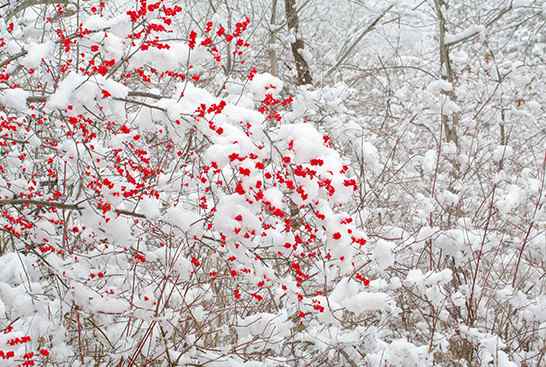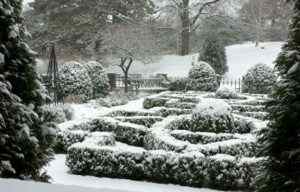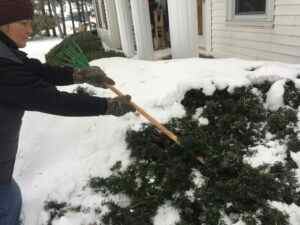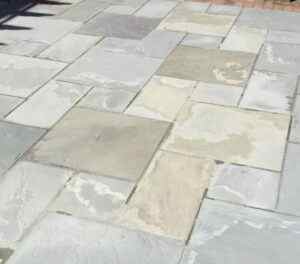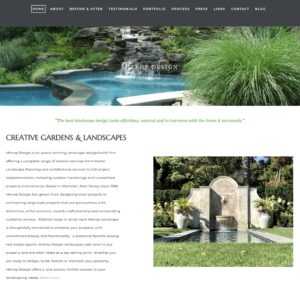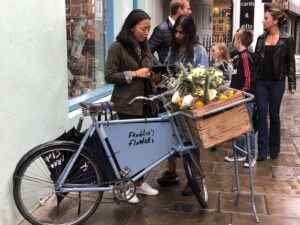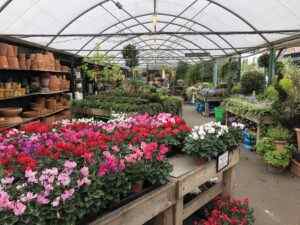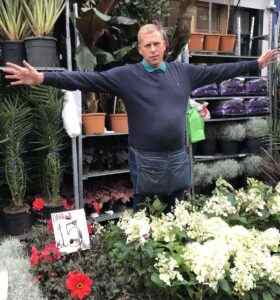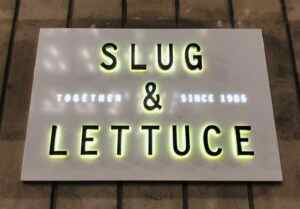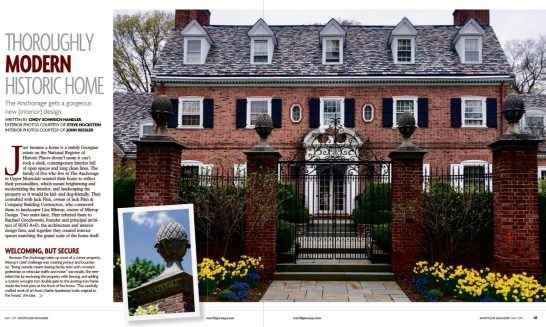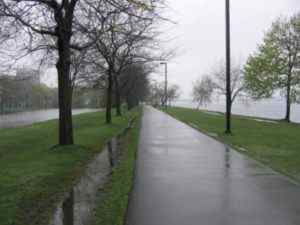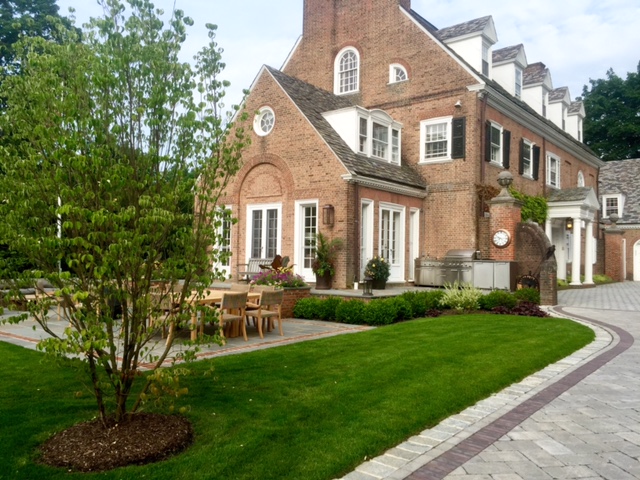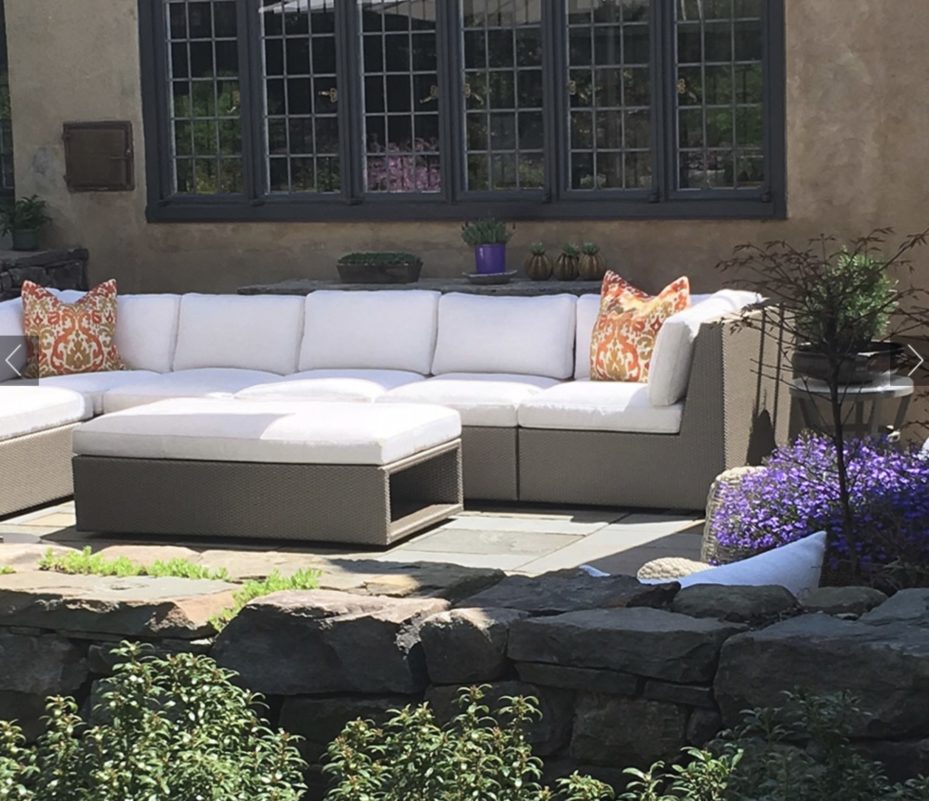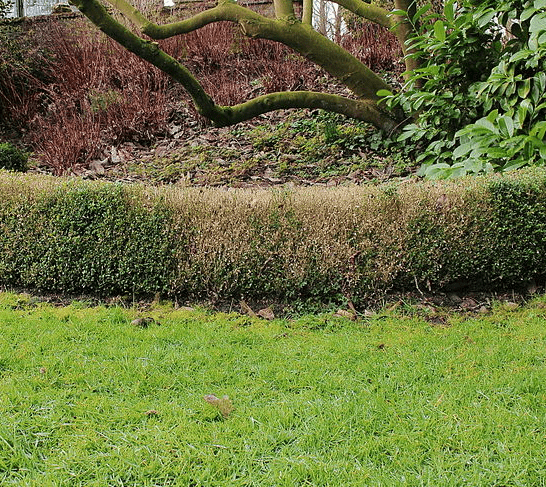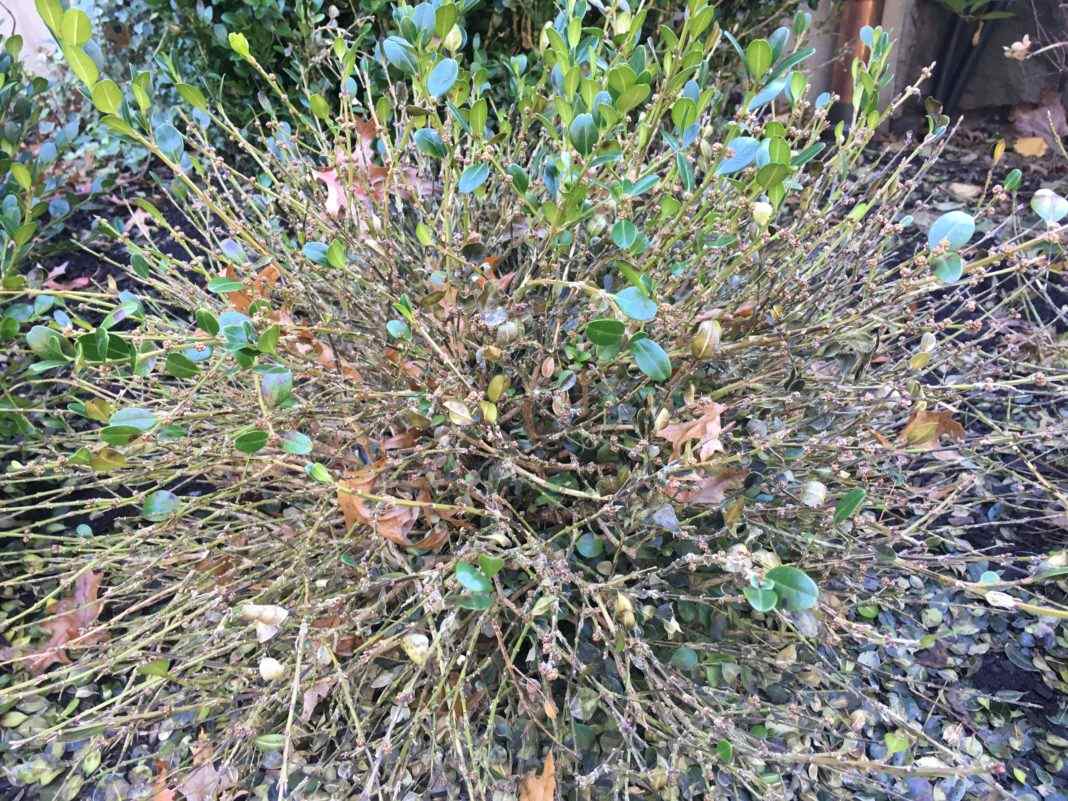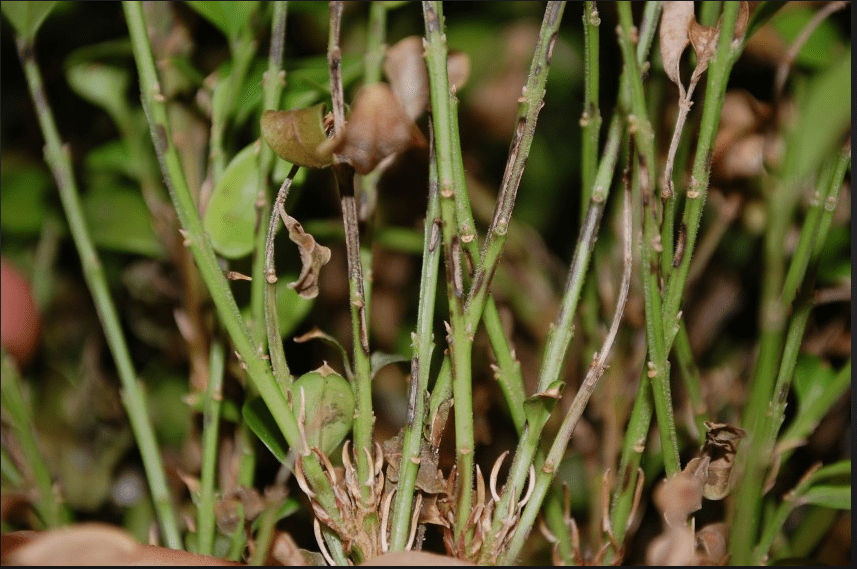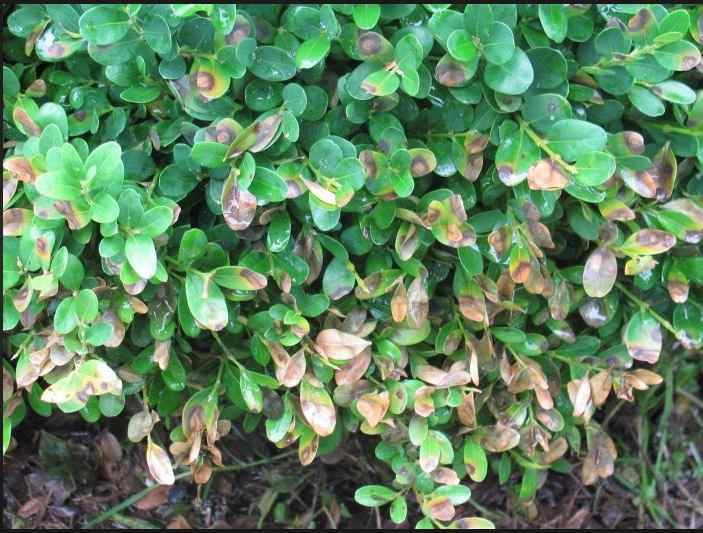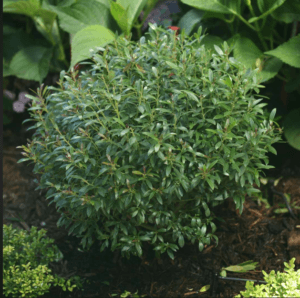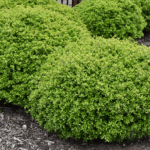WHEN IT RAINS, IT POURS …. DEALING WITH DRAINAGE
Remember that old tag line? It’s cute if you’re talking about Morton salt, but say it now and I cringe. Few local homes were spared recent battles with flooded basements and yards. Over the last weeks we have fielded multiple calls for help, even on properties that have existing drainage infrastructure. By now everyone is aware that ‘100 years storms’ are almost commonplace and ‘climate change’, man-made or otherwise, is abundantly evident in the extreme flooding and erosion issues across the country as well as globally.
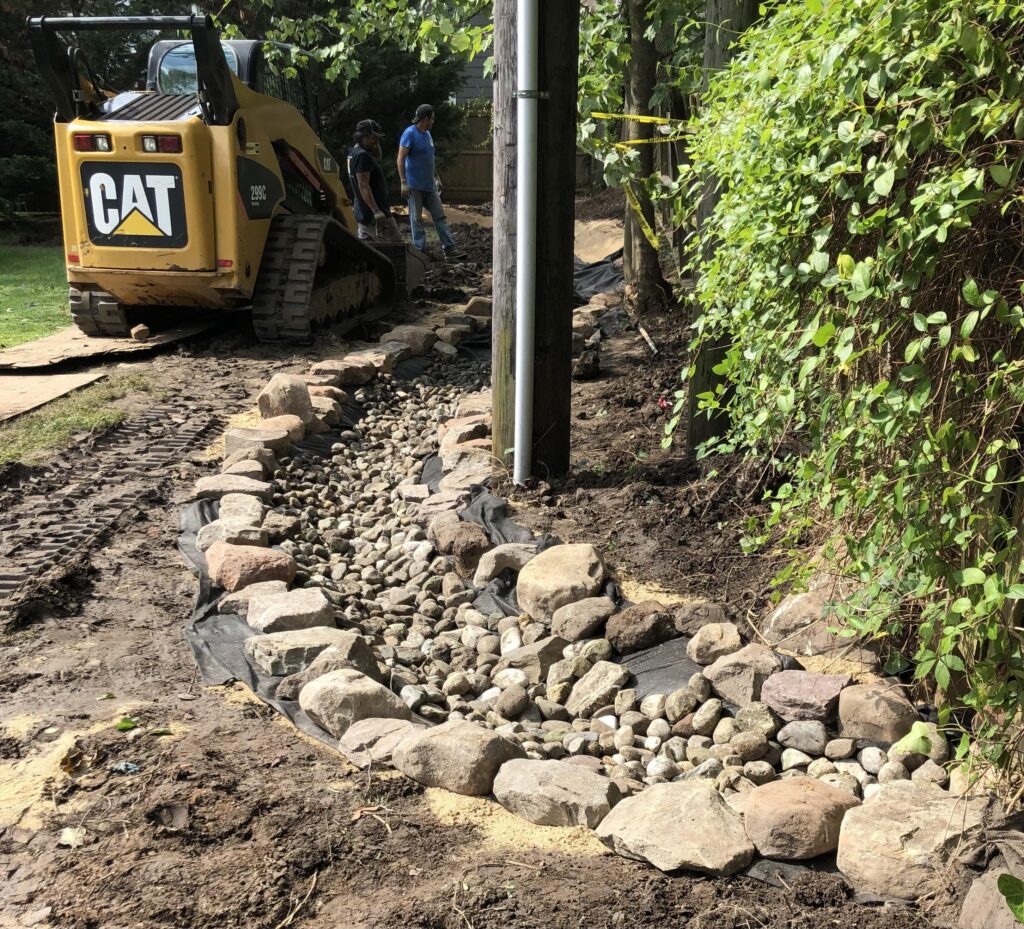
Drainage is one of the more challenging aspects of maintaining a home landscape, but more so in a suburb well-loved for its steep slopes and associated dramatic views of the city. Like it or not, this is our new reality, and basic precautions should be taken to divert water and avert damage.
Investment today into upgraded drainage protocols is a requirement in sparing both your plants and property.
DRAINAGE FOR BEGINNERS
When assessing your overall property, consider two boundaries: first the foundation areas of your house, garage or other structures, and then zoom out to your property lines. Water enters the home and landscape in three main ways: directly from overhead precipitation, as surface water which either ponds in low spots or flows via gravity and, finally, from groundwater in heavy events. When significant rain/ice/snow has not had time to absorb or dry out, the water table rises. Saturated groundwater can take weeks to resolve, with lowest elevation points being the last to dry out.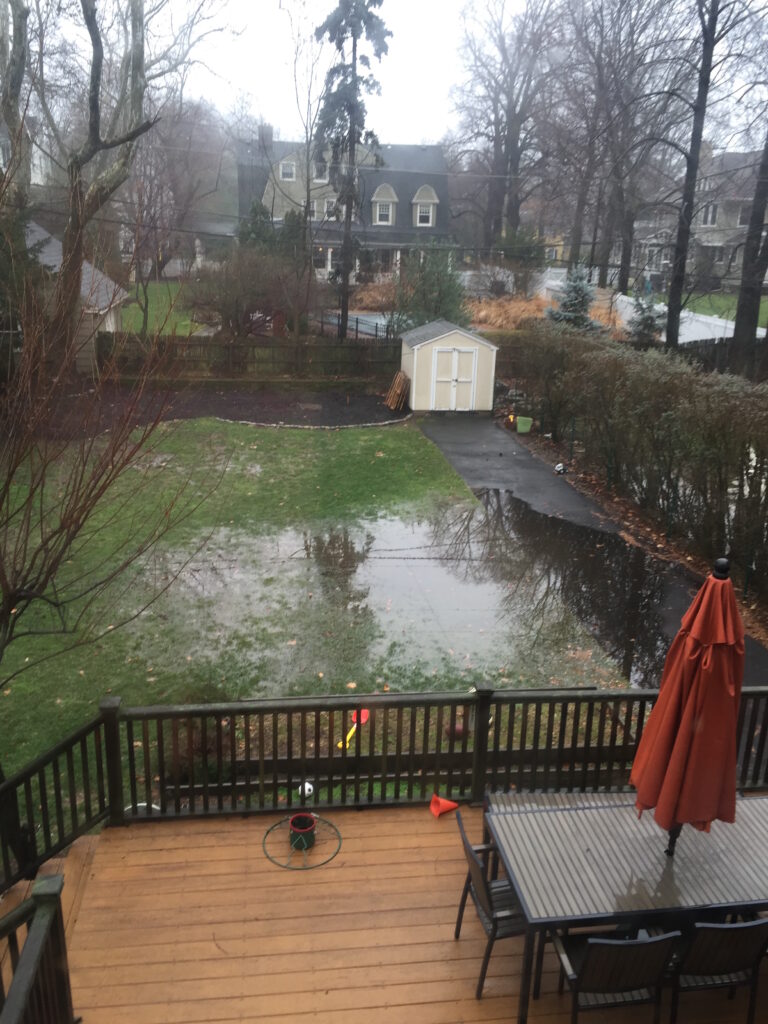
YOUR HOUSE FOUNDATION
Gutters/leaders/existing drains
Ensure that existing leaders and gutters are kept clear and that collected water is moved away from foundations! Larger or additional gutters/leaders may be needed. The key takeaway here is never to daylight roof water directly at the foundation only inviting it to immediately re-enter via your basement!! Similarly, sump pumps should not port water to an area immediately adjacent to your foundation – water needs to be directed away from foundations.
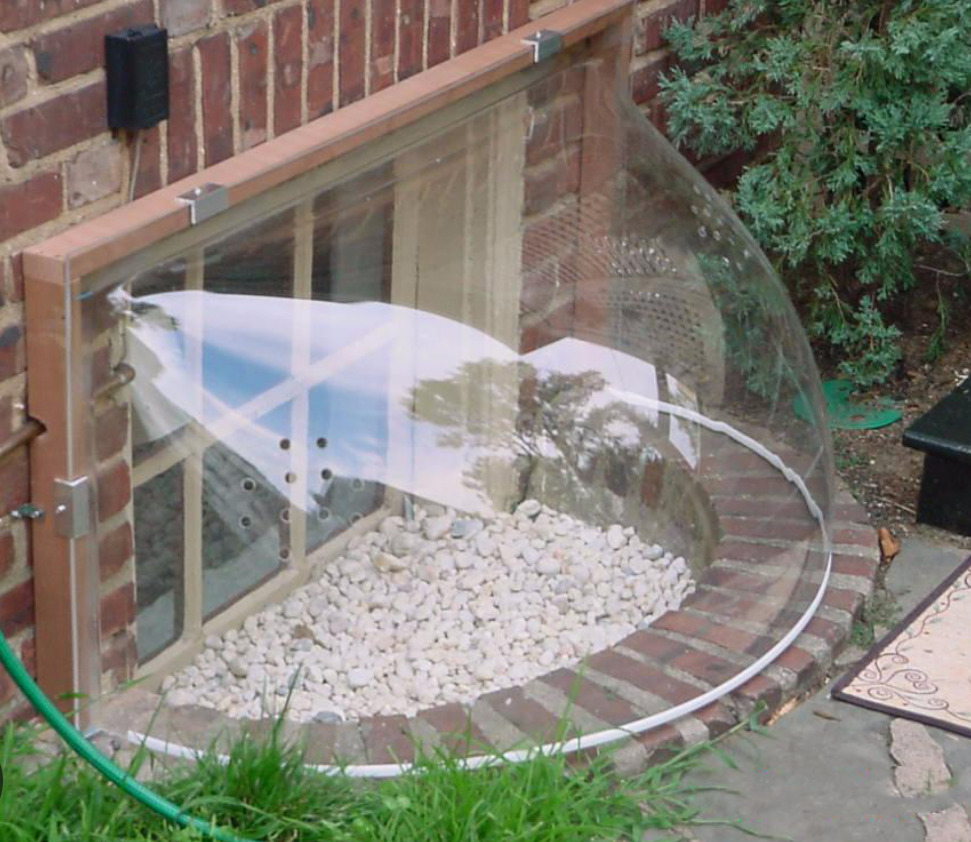
Window wells
These are a common point of entry. Protect them with inexpensive covers or block them up when the light is not necessary in your basement.
Gravity wins
Always pitch both hardscape and plant beds away from all foundations. There is no need to eliminate plantings around a house foundation. With proper pitch away from the house, plantings and irrigation system can remain in place.
PROPERTY LINES
Point(s) of entry
How and where is watering entering your property? One or multiple locations? Notice where it is pooling and if it does exit your property, what is the pathway?
Methods to block or re-direct water coming from adjoining properties include: swales and dry streams, boulders, walls, silt fence and other impermeable barrier materials. Bog gardens are a popular and ornamental solution for both holding water and allowing certain moisture-loving plants to thrive.
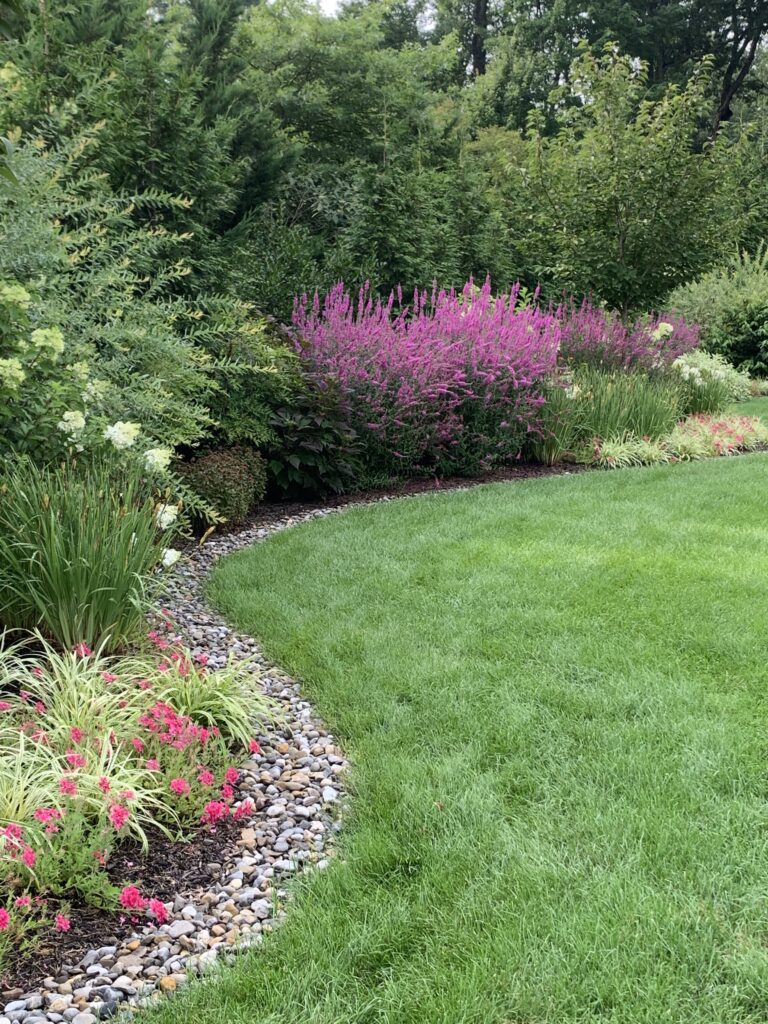

Surface Drains
Drains in lawns and plant bed areas must be regularly maintained to avoid silt and debris collection which block their functioning. At the very least check all these drains before an incoming storm event. This is an ongoing maintenance task that cannot be ignored. Any sort of plant or debris that can encroaches will clog and impede the inlet.
Also check the closest municipal drain to your property and clear it if blocked. During heavy storms this may require several visits.
The Golden Rule
Once water is on your property do NOT divert it to your neighbor’s! It is unlawful to do so. Find ways to direct water to a safe collection area on your property where is can naturally disperse. Overflow pipes can direct water through to the street. Note: sump pumps can NOT be tied into the municipal drainage systems.
WHEN IT POURS, DRAINAGE REIGNS
Drainage can’t be solved in quick soundbites as each property is unique there is no way to give short ‘’one size fits all’ answers. The above suggestions are simply the basics – a way to think about the overall picture on your lot and then direct focus from problem spots to solutions.
Complex situations will require ‘engineered’ solutions: regrading, terracing, French drains, channel drains, underground disbursement chambers fed by pipes porting either roof water or surface water (or both), overflow valves and surge pumps in the event gravity is working against you. Talking to an experienced professional is always the best course of action.
Mierop Design is happy to assist with one-on-one consultations as well as support in installing systems designed to mitigate drainage problems. As always, please feel free to email or call with requests for help.
The Suburban Lot is a blog that highlights topics and issues unique to the suburban landscape. For assistance with any of the above information please contact Mierop Design, a complete resource for landscape design, installation, outdoor furnishings and property maintenance services.
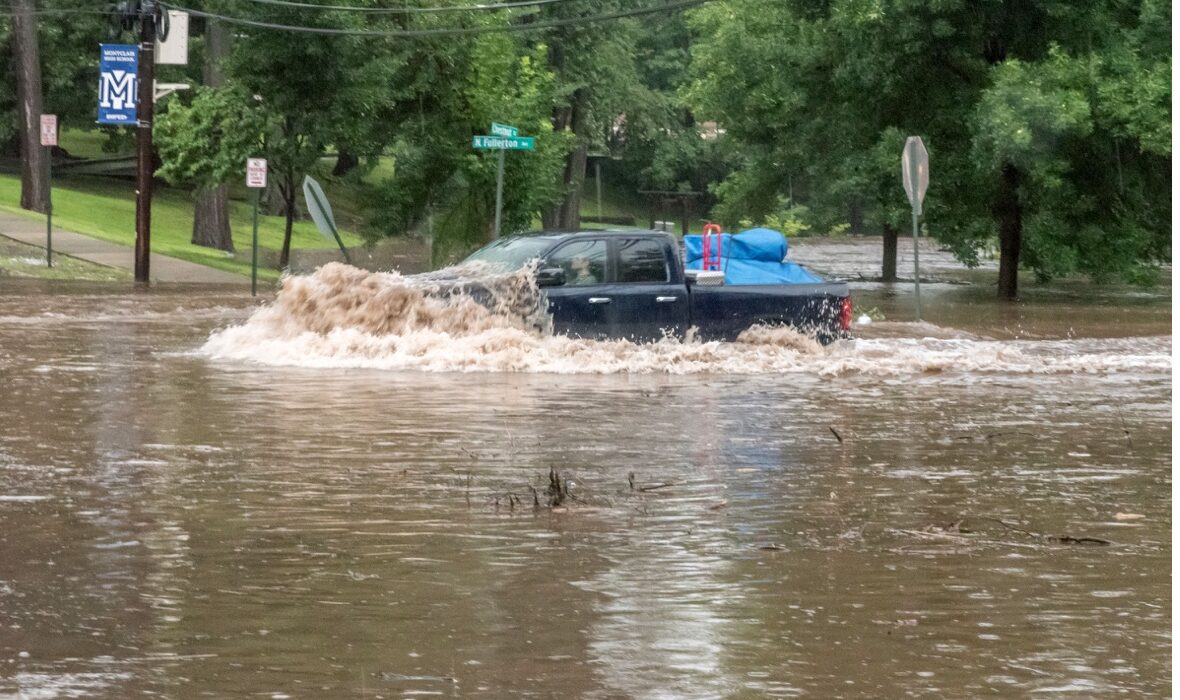
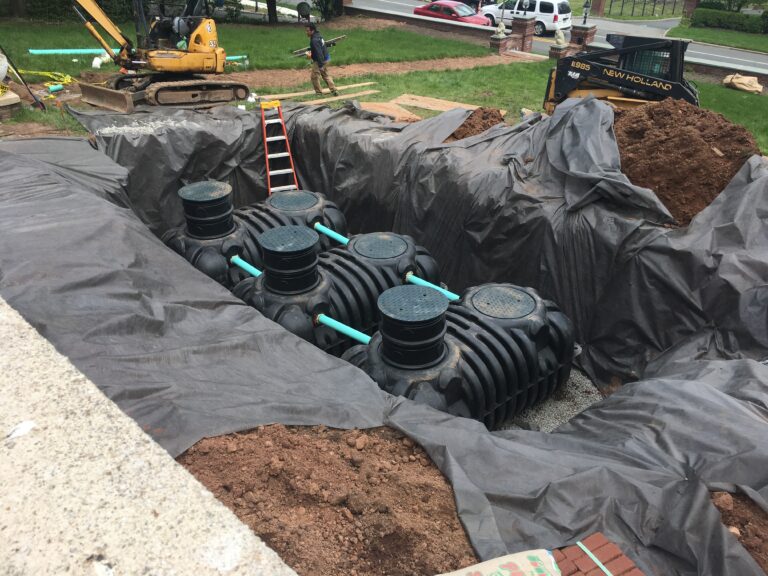

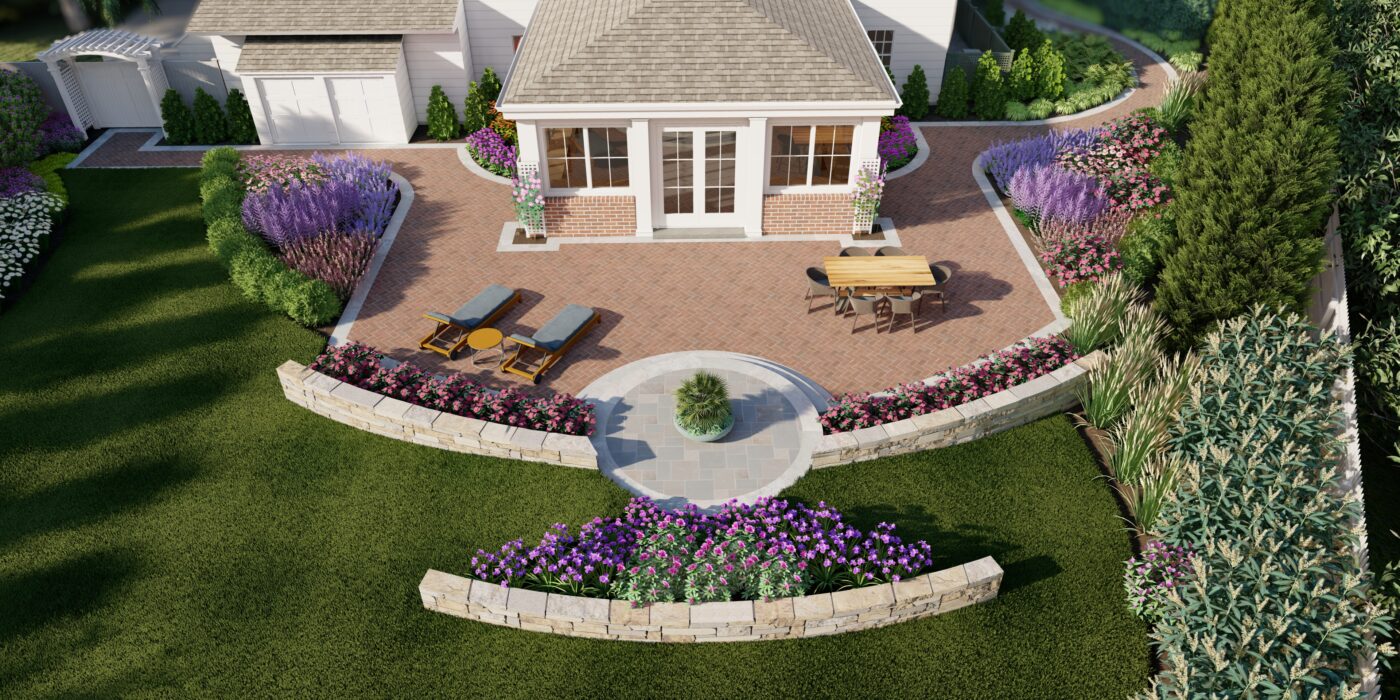
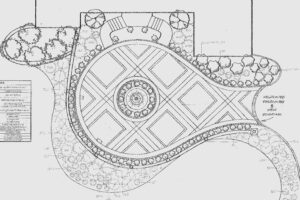

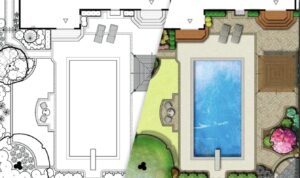
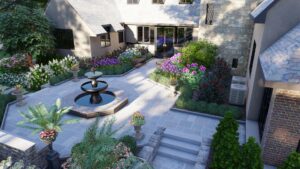 become imperative for high residential landscape work to offer the option of 3D presentations to assist clients in fully understanding their investment. Well executed renderings offer a crystal clear picture of what is to come in a way that was previously impossible without complex perspectival renderings.
become imperative for high residential landscape work to offer the option of 3D presentations to assist clients in fully understanding their investment. Well executed renderings offer a crystal clear picture of what is to come in a way that was previously impossible without complex perspectival renderings.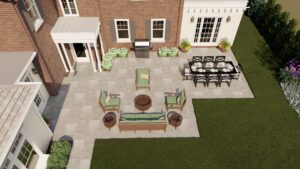
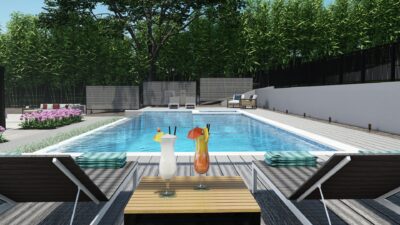
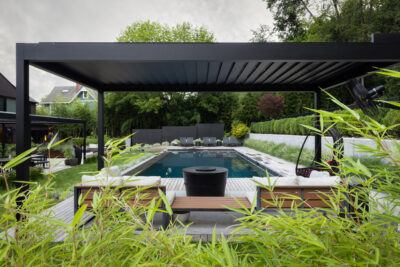
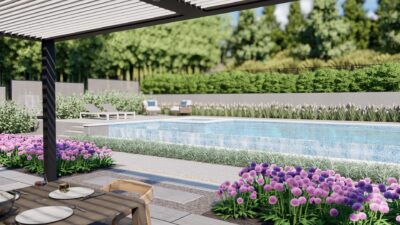
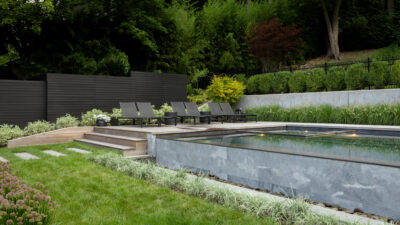
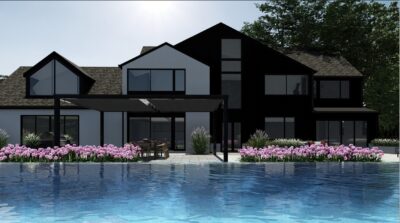
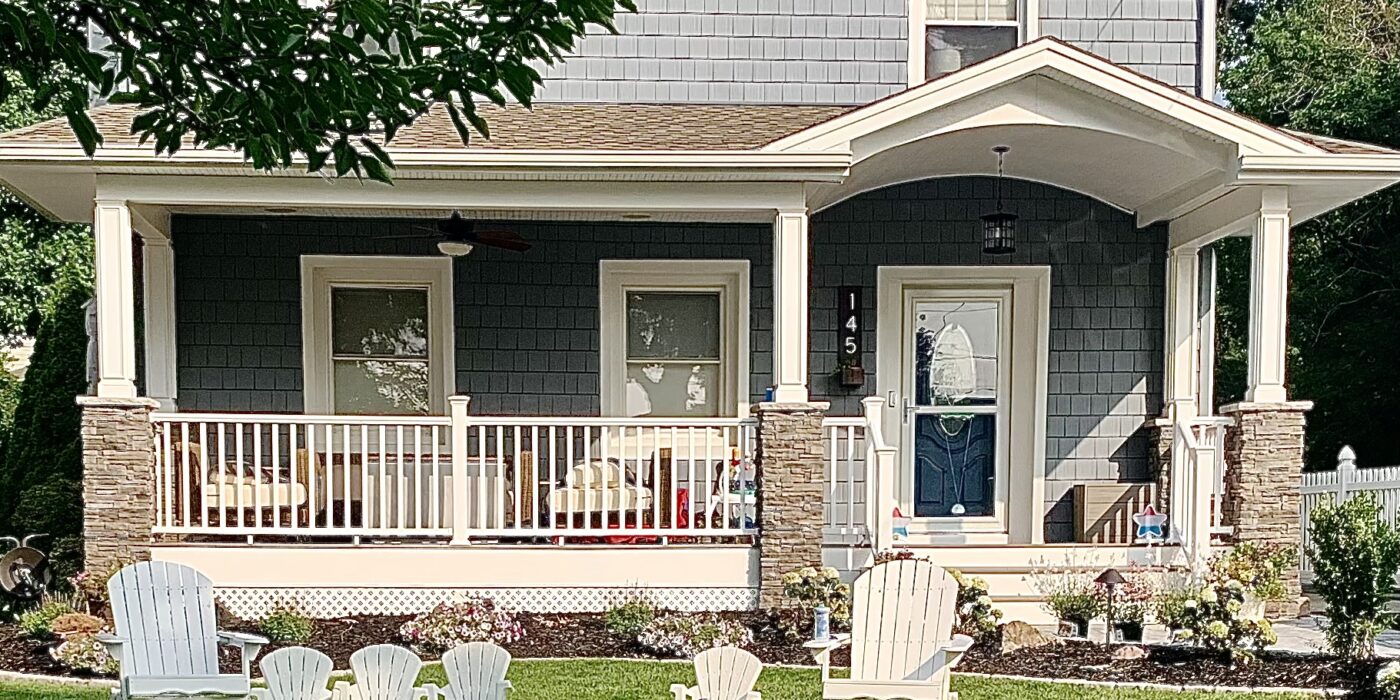
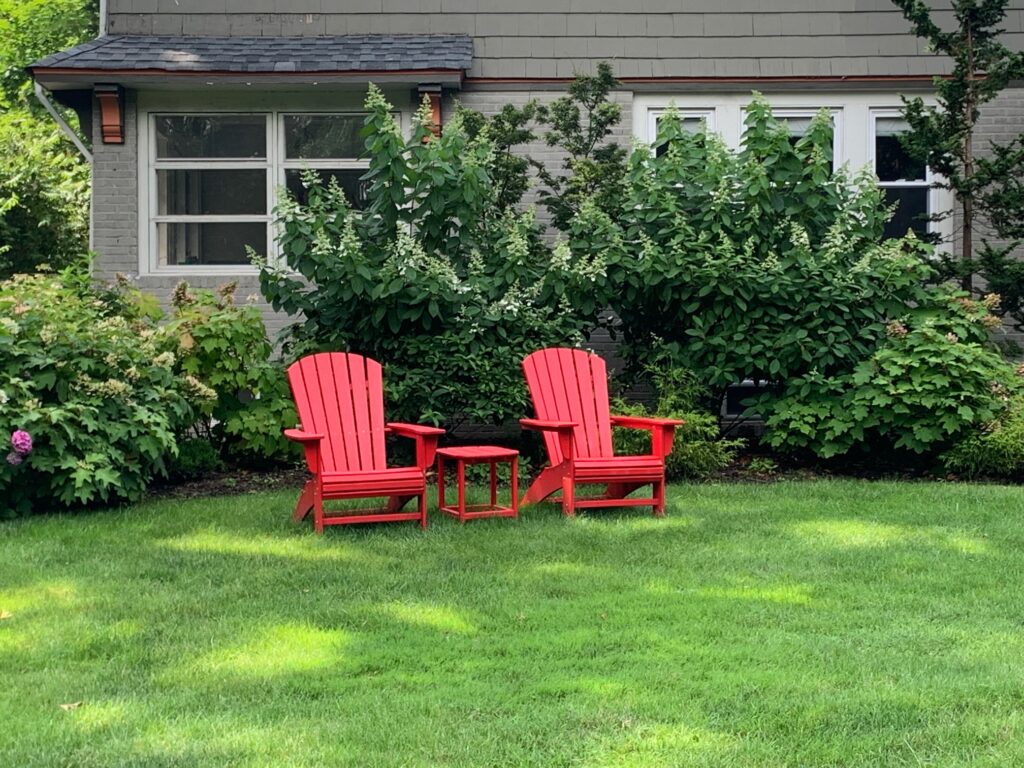
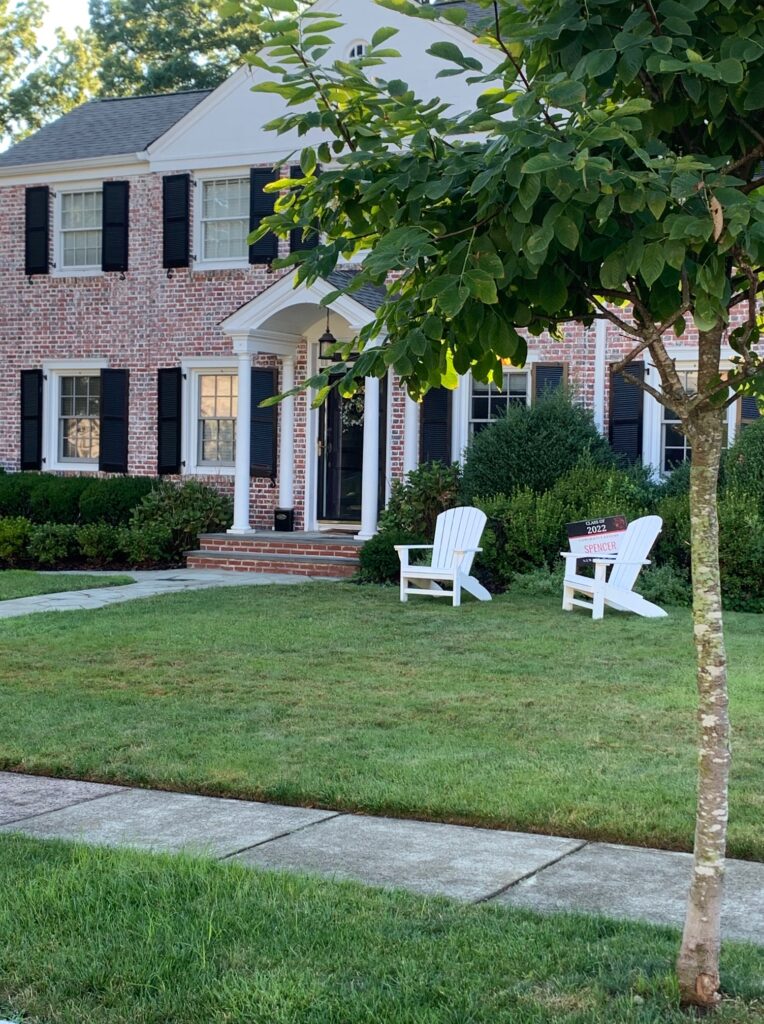
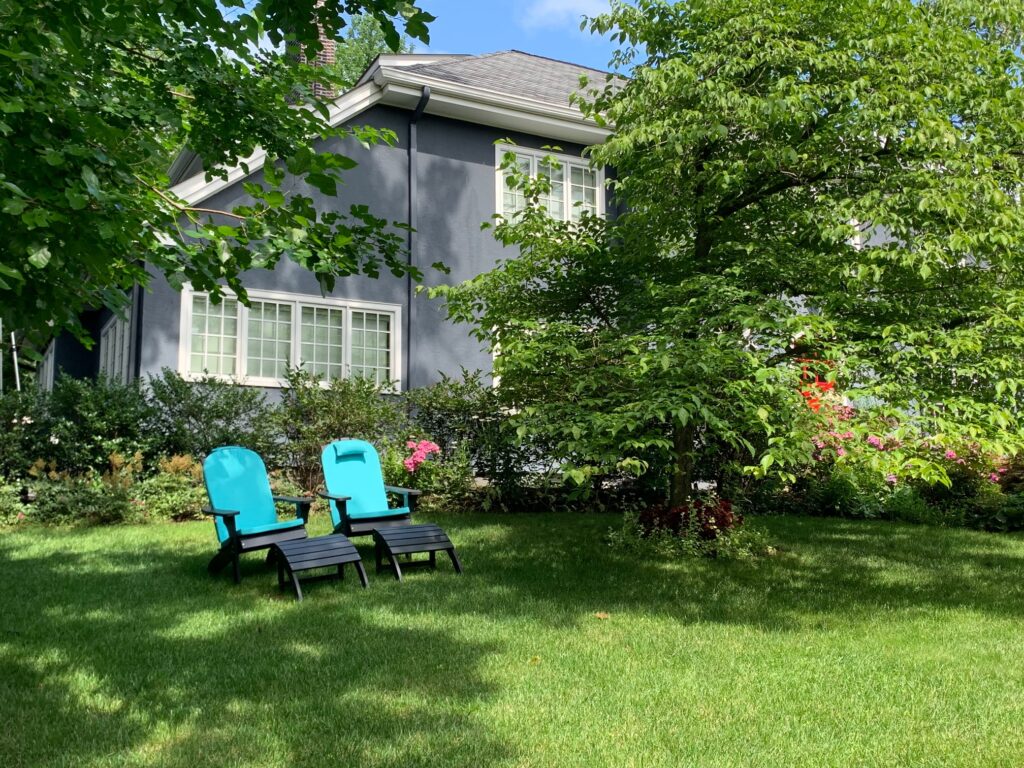 Of course, a dreaded virus didn’t inspire the song, but oddly the lyrics sort of speak to the moment. I’ll add at this point that I am not a fan of Adirondack chairs. They show up too often and there are far more interesting (and comfortable) choices for outside furnishings. Nonetheless, the default selection for most Americans remains the Adirondack, so no surprise, that was by far, the most visible option seen. Like the virus though, I wish they would go away now, if only because of the tragic memories and loss of which they will forever remind me.
Of course, a dreaded virus didn’t inspire the song, but oddly the lyrics sort of speak to the moment. I’ll add at this point that I am not a fan of Adirondack chairs. They show up too often and there are far more interesting (and comfortable) choices for outside furnishings. Nonetheless, the default selection for most Americans remains the Adirondack, so no surprise, that was by far, the most visible option seen. Like the virus though, I wish they would go away now, if only because of the tragic memories and loss of which they will forever remind me.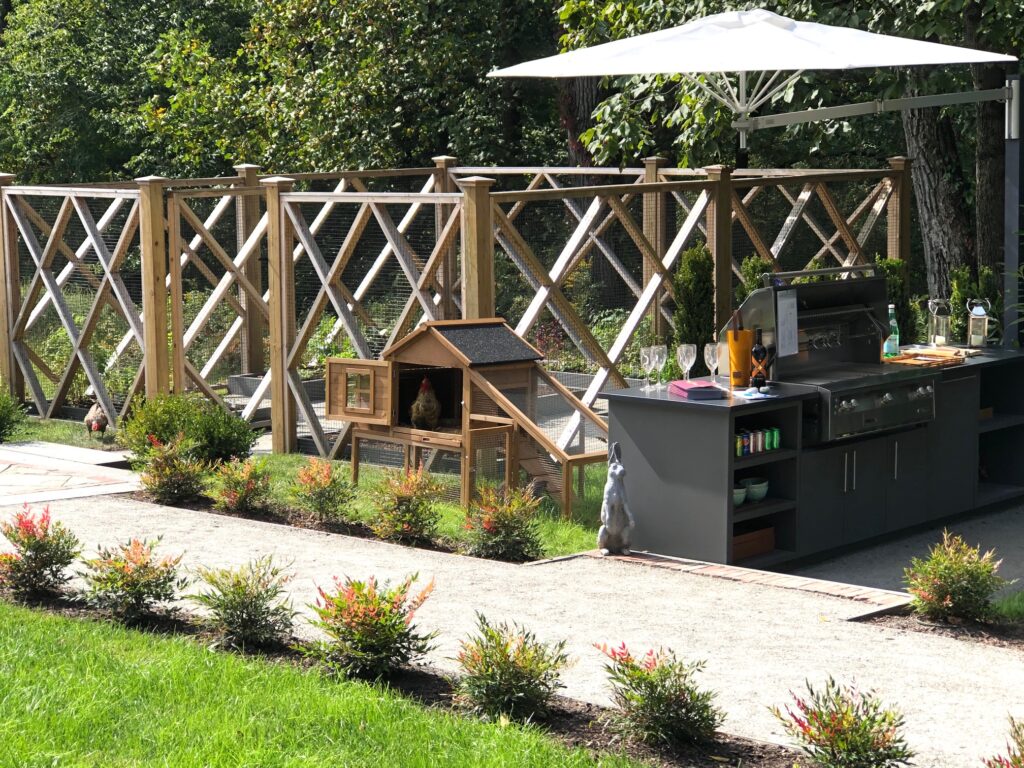




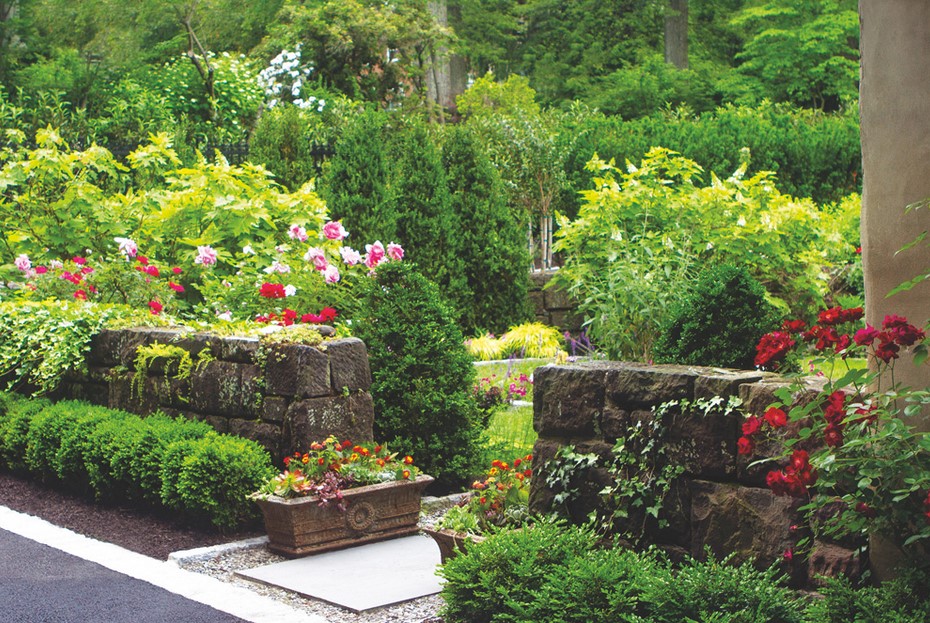
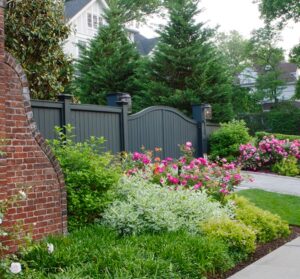
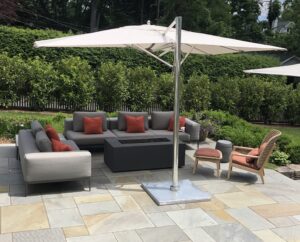
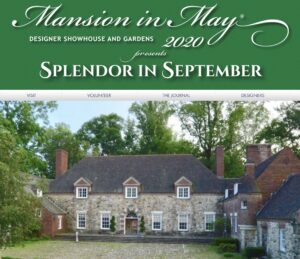 Late last year we decided to participate in a well-known and beloved designer showhouse event, Mansion in May. Held every few years, Mansion in May is a signature fundraising vehicle for Morristown Medical Center. I was cautious as charitable projects are an enormous effort, only to have the work dismantled a few weeks later. The hope, other than supporting a great cause, is to exhibit your skills to many new eyes. We opened construction in February, but along with the rest of the country were shut down a few weeks (and many thousands of dollars) later. Fortunately, Mansion in May was able to be re-marketed as ‘Splendor in September’ and doors will finally open to the public on September 4th.
Late last year we decided to participate in a well-known and beloved designer showhouse event, Mansion in May. Held every few years, Mansion in May is a signature fundraising vehicle for Morristown Medical Center. I was cautious as charitable projects are an enormous effort, only to have the work dismantled a few weeks later. The hope, other than supporting a great cause, is to exhibit your skills to many new eyes. We opened construction in February, but along with the rest of the country were shut down a few weeks (and many thousands of dollars) later. Fortunately, Mansion in May was able to be re-marketed as ‘Splendor in September’ and doors will finally open to the public on September 4th.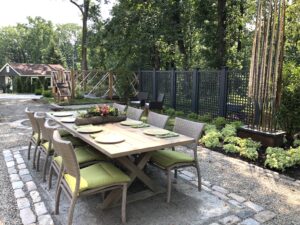 For the show, we developed an extensive outdoor room called Luxe Farm to Table, a modern take on using the landscape to grow, cook, serve and enjoy more meals at home. Given the pandemic, plus prior observation that homeowners are looking to grow more of their own food (see my previous blog post on
For the show, we developed an extensive outdoor room called Luxe Farm to Table, a modern take on using the landscape to grow, cook, serve and enjoy more meals at home. Given the pandemic, plus prior observation that homeowners are looking to grow more of their own food (see my previous blog post on 

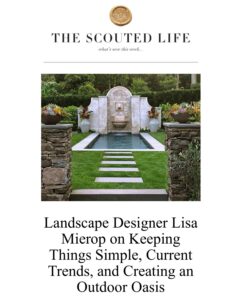 Mierop Design has been a participating advertiser within The Scout Guide community for six consecutive years. The Scout Guide is a national publication with local chapters in cities across the country, each one featuring the products and services of a select array of entrepreneurial local businesses. Our Northern New Jersey editor, Heather Cundey, kindly passed my name along to the national team as they were looking to do an inspiration piece on landscape design. This led to a conversation, which blossomed into a wonderful national feature. Many thanks again to the entire The Scout Guide team.
Mierop Design has been a participating advertiser within The Scout Guide community for six consecutive years. The Scout Guide is a national publication with local chapters in cities across the country, each one featuring the products and services of a select array of entrepreneurial local businesses. Our Northern New Jersey editor, Heather Cundey, kindly passed my name along to the national team as they were looking to do an inspiration piece on landscape design. This led to a conversation, which blossomed into a wonderful national feature. Many thanks again to the entire The Scout Guide team.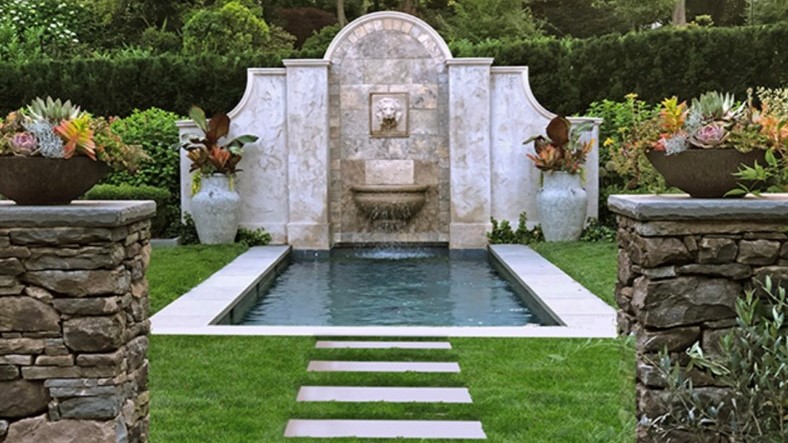
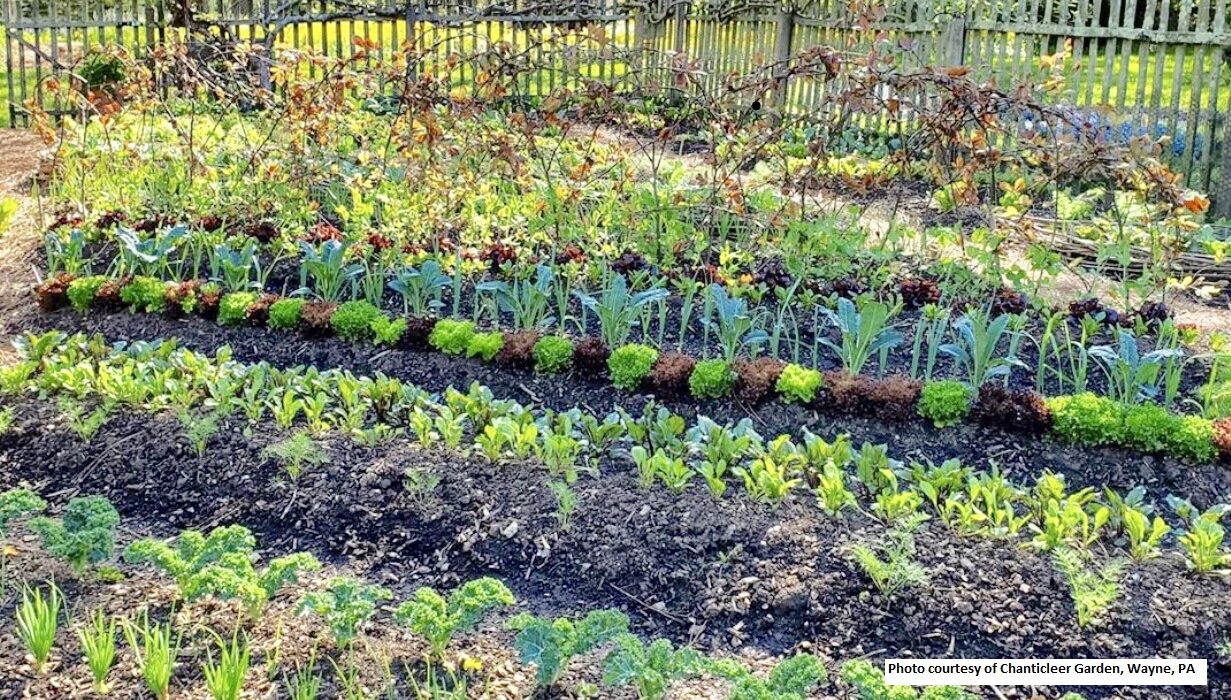
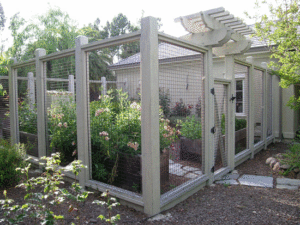 The last few seasons my business has seen a marked uptick in requests for kitchen gardens to be included in suburban home landscapes. It’s not like clients never wanted them before, it’s just that the volume of requests has risen noticeably. We have installed (or renovated) more kitchen gardens in the last few years than in all the other years of business combined. It has become such a dominant wish list item that we chose to theme our Mansion in May show house project as a ‘Farm to Table’. Our space was designed with an enclosed kitchen garden followed by a chicken coop, a modular cooking island and then an elegant dining space that segues into a deep seating area complete with fire table. Cancelled due to the pandemic, the
The last few seasons my business has seen a marked uptick in requests for kitchen gardens to be included in suburban home landscapes. It’s not like clients never wanted them before, it’s just that the volume of requests has risen noticeably. We have installed (or renovated) more kitchen gardens in the last few years than in all the other years of business combined. It has become such a dominant wish list item that we chose to theme our Mansion in May show house project as a ‘Farm to Table’. Our space was designed with an enclosed kitchen garden followed by a chicken coop, a modular cooking island and then an elegant dining space that segues into a deep seating area complete with fire table. Cancelled due to the pandemic, the 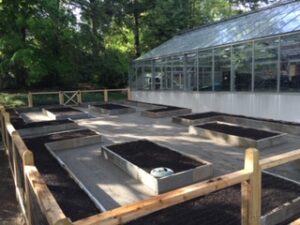 health concerns have become political and policy hot topics. As a result, new thoughts affecting the landscape have gained ground (no pun intended!): eating organic, sustainable landscaping, growing one’s own unmodified food crops, being more self-sufficient. This is more than a passing fad or momentary trend. It’s here to stay as the time has come for collective recognition of the devastating impact human beings have had on the global eco-system. Our way of life and populations are simply unsustainable.
health concerns have become political and policy hot topics. As a result, new thoughts affecting the landscape have gained ground (no pun intended!): eating organic, sustainable landscaping, growing one’s own unmodified food crops, being more self-sufficient. This is more than a passing fad or momentary trend. It’s here to stay as the time has come for collective recognition of the devastating impact human beings have had on the global eco-system. Our way of life and populations are simply unsustainable.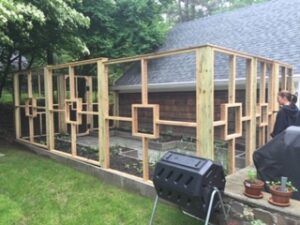 Add the reality of a global pandemic (not a coincidental phenomenon) to this already steaming brew and everything about kitchen gardens jumps into full color and bold lettering. Nurseries and growers, deemed ‘essential’ because they are at one end of the food industry selling crop starter plants and seeds have substantially stepped up promotions for ‘grow it on your own’ gardeners. On my Instagram account, sponsored ads have popped up from ‘off the grid’ homesteaders promoting ‘how to’ manuals and step by step programs for living independently off of the land.
Add the reality of a global pandemic (not a coincidental phenomenon) to this already steaming brew and everything about kitchen gardens jumps into full color and bold lettering. Nurseries and growers, deemed ‘essential’ because they are at one end of the food industry selling crop starter plants and seeds have substantially stepped up promotions for ‘grow it on your own’ gardeners. On my Instagram account, sponsored ads have popped up from ‘off the grid’ homesteaders promoting ‘how to’ manuals and step by step programs for living independently off of the land.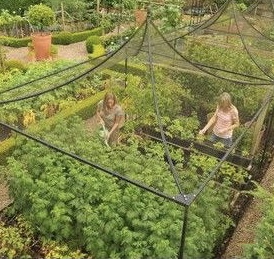 interconnected we all are and how dependent we are on domestic and global supply chains to bring us not only food, but pretty much everything we need to live our modern lives. It’s unrealistic to think you will feed your family from a suburban kitchen garden, but it is a gesture towards an emotional and spiritual need to reconnect to Nature and a collective recognition that things must change. You might feel like Marie Antoinette in her fantasy dairy farm at Versailles, but at least you’ll get your hands dirty and maybe teach your children that food doesn’t come in packages from a supermarket.
interconnected we all are and how dependent we are on domestic and global supply chains to bring us not only food, but pretty much everything we need to live our modern lives. It’s unrealistic to think you will feed your family from a suburban kitchen garden, but it is a gesture towards an emotional and spiritual need to reconnect to Nature and a collective recognition that things must change. You might feel like Marie Antoinette in her fantasy dairy farm at Versailles, but at least you’ll get your hands dirty and maybe teach your children that food doesn’t come in packages from a supermarket.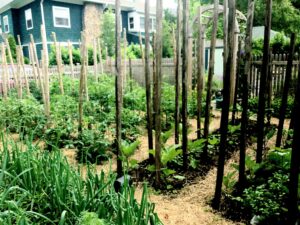 I hope this moment in time, as horrific as it is on so many levels, will refocus people on the things that truly matter. Certainly our health, food and water supplies are at the top of that list. I expect to be getting many more request for larger and more elaborate kitchen gardens – bring it on!
I hope this moment in time, as horrific as it is on so many levels, will refocus people on the things that truly matter. Certainly our health, food and water supplies are at the top of that list. I expect to be getting many more request for larger and more elaborate kitchen gardens – bring it on!